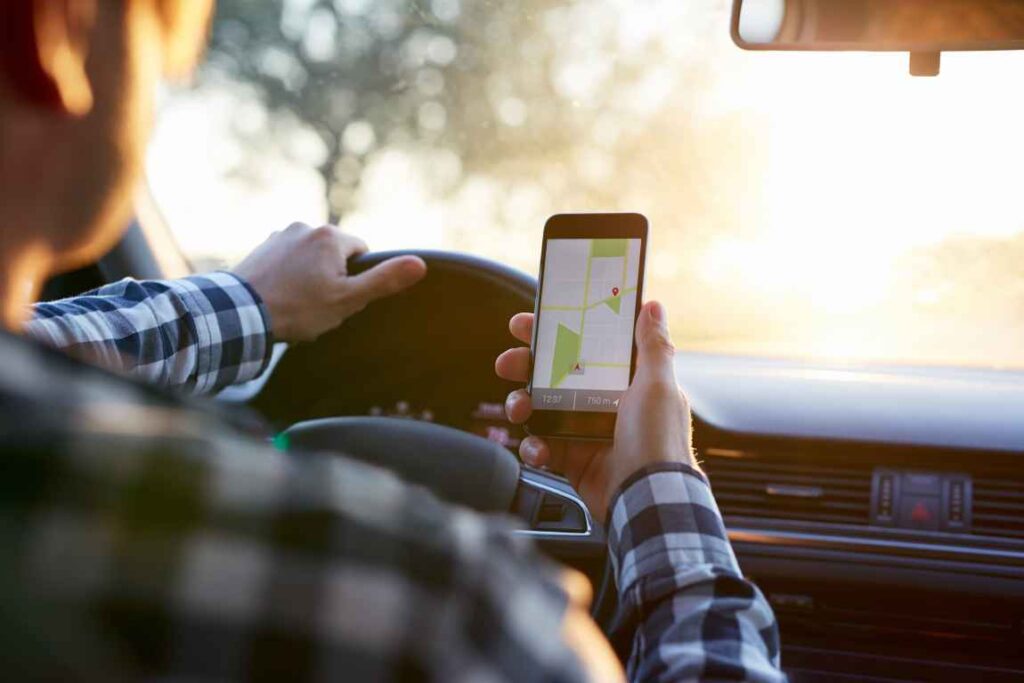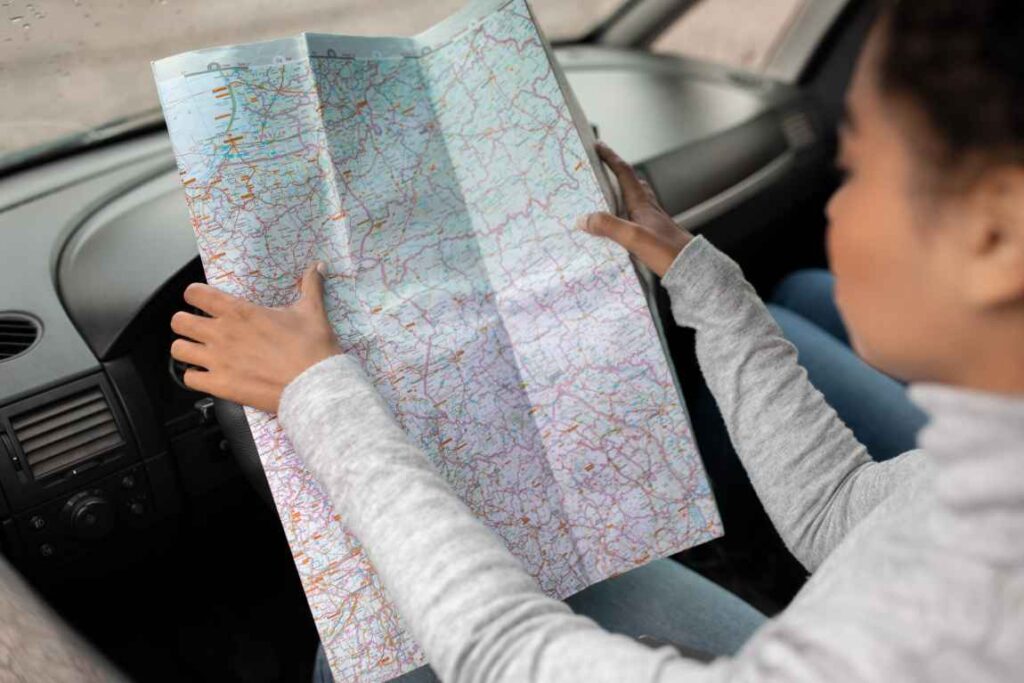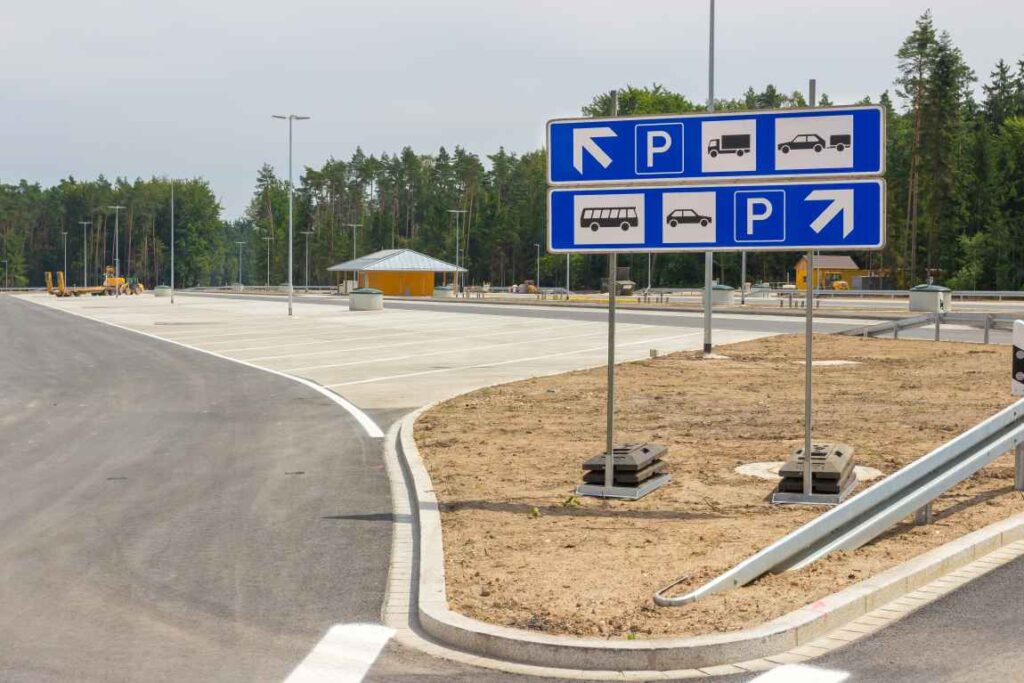One of the best ways to have fun with family is going on road trips. You get to learn a lot about each other and see new places together. They could also help you save money if you want to vacation on a budget. Some road trips end up becoming a nightmare because you all just packed your clothes, hopped into the car, and set off. Long road trips, especially ones that involve kids, require you to plan ahead and ensure everything runs smoothly. We have come up with a few tips you can use to make your family road trip more memorable.
- Get ready for the trip
- Take a practice run
- Learn the route
- Inform yourself
- Be ready for emergencies
- Don’t forget important documents
- Pack activity bags
- Drive at night
- Send your partner to the back seat
- Don’t give the kids too many electronics
- Plan plenty of stops
- Have fun!
1. Get Ready for The Trip
To prepare for your road trip, you might want to make a list of things you need to bring. If you’re traveling with kids who haven’t made it through a two-hour drive without crying and causing chaos, they might not be ready for a two-day cross-country road trip. Make sure to pack enough games, toys and books to entertain everyone in the car.

2. Take A Practice Run
Before going on a long road trip, take a short practice trip out of town. This will help the kids get used to being in the car. If the first practice run doesn’t go so well, do a few more before the final road trip.
3. Learn the Route
Before going on the road trip, try to learn as much as possible about the route you’ll be using. Use Google Maps to plan the route and identify possible places to stop for breaks and meals, routes that might be shorter or more scenic and more. Navigation apps will also help you determine if there are tolls along the route and road work, accidents or other things that might slow you down or cause a detour.

4. Inform yourself
If you are going on a very long road trip (one that takes more than one day), be sure to look up good places to stop for the night that fit your budget. Unless you are traveling off the beaten path, there should be a selection of roadside motels and hotels that accommodate road trippers.
You should also keep and eye on the weather, especially in the winter. Download weather apps like Accu Weather (android) and Carrot Weather (iOS and Android) to know what driving conditions to expect on the trip.
5. Be Ready for Emergencies
While nobody likes to overpack, some supplies might come in handy on a road trip. To be prepared for when the unexpected happens, don’t forget to have these items along for the ride.
- Medication.
- Extra diapers.
- A physical map in case you get to a place with bad reception and the GPS stops working.
- Extra wipes for messes and spills.
- Extra towels and clothes in case of car sickness.
- Non-perishable food like bars, jerky and dried fruit. (Check our road trip food guide for more ideas)
- A blanket and extra water.

6. Don’t Forget Important Documents
Most people forget to pack their personal documents when planning a road trip. It almost always ends up inconveniencing them on the trip. Therefore, you should remember to pack your driver’s license, passport if you are entering another country, ATM card, proof of insurance, vehicle registration and credit cards.
7. Pack Activity Bags for Kids
After packing the important stuff, give your kids small bags to pack their favorite things. They will appreciate having control over a part of the trip, and it will be one less thing for you to do.
However, if you have very young kids, you might want to help them choose what to put in the bag.
8. Drive at Night
This is especially helpful if you have younger kids. Keeping children, especially toddlers, preoccupied for extended periods can prove challenging for most parents.
As a result, it’s easier to cover as much ground as possible at night when the kids are exhausted and can’t help but sleep. You can drive less during the day and let the kids enjoy the fresh air outside the car while you rest.
Another commonly used trick is to leave bright and early before the kids become active. For longer drives (more than 6 hours), it might be best to leave in the middle of the night. Even if you aren’t traveling with kids, there will be less traffic early in the morning.

9. Send Your Partner to The Back Seat
Adult company in the front seat is very appealing because you have someone to talk to on the long trip. However, having your partner in the back seat, at least for part of the trip, is more practical.
It allows them to distract the kids and keep them from getting on each other’s nerves, which often happens when you put kids together for extended periods. The adult will have conversations and play games with them. This is especially important if your kids still use backward-facing car seats.
10. Don’t Give the Kids Too Many Electronics
Modern family road trips are often an extension of modern family dinners: everyone glued to a smartphone, not talking to anyone else. While movie apps and DVDs are an excellent way to pass the time, road trips should help the kids leave their comfort zones and feel adventurous. So take their smart devices from them for a few hours and see them get creative ways to entertain themselves.
11. Plan plenty of stops
Whether your day of driving will be 2 hours or 8 hours, it’s best to allocate enough time to stop at least every couple of hours to stretch your legs, use the bathroom and eat a snack. This is also a good time to switch drivers if you’re feeling fatigued.

12. Have Fun!
The main objective of a road trip is to have fun! You should therefore do all you can to ensure everyone is having a good time. Play fun music and let other passengers play their playlists or podcasts.
Let the kids have some control over the trip so that it’s equally as exciting for them. For example, you could let them choose the playlist after every few hours or the snacks they want to have. Also, if you find something fun to do along the way, you should disrupt the trip’s schedule and enjoy the activity.